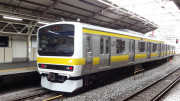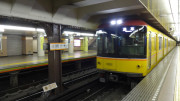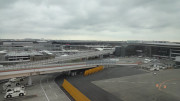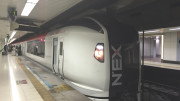For the tourist to Tokyo, the JR Yamanote Rail line is probably the most useful of Tokyo’s rail network. The line goes in a circle with 29 stations along its hour long route.
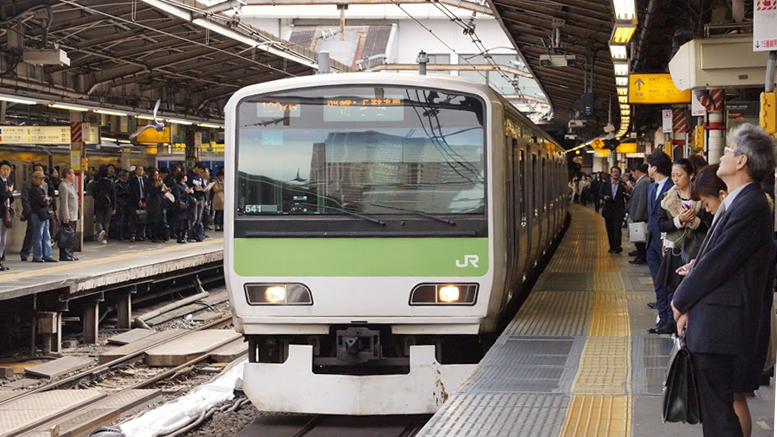
If a city was to have a central nervous system, Tokyo’s would have to be the Yamanote line. Covering an almost 35klm loop, the Yamanote line grew from 1885 until the loop was joined in 1925. Most of the stations along the Yamanote line interconnect with other lines, not only lines of JR and the subway system, but also with privately run rail lines that set up a station near a Yamanote line station. The private railway used the Yamanote a starting point for their lines out into the suburbs. This is what made areas like Shinjuku and Ikebukuro grow so huge, today they are the two busiest railway stations in the world, and it’s all because they are on the Yamanote line.
Trains travel in both directions at intervals of about 3 minutes. Using Shinjunku as a starting point, we will give you a brief overview of some of the most popular stations for the visitor.
Shinjunku is Tokyo’s busiest station, with over 2 million people passing through it each day. It is home to the massive shopping and entertainment district of Shinjuku and is a close walking distance to the skyscraper district and the “piss alley” restaurant lane way.
Heading anticlockwise, Yoyogi Station is the next station and is close to the Meji Jingu Shrine and Yoyogi Park.
For youth fashion or some fabulous people watching, get off at Harajuku the next station along.
Shibuya, the huge shopping and business district, is the next stop and is a great spot to catch another line. Shibuya is home to the giant video walls and the busy scramble intersection, which is featured in many films and Japanese tourist brochures.
If you would like to visit the Yebisu Garden Place and beer gardens, get off at Ebisu, which is the next station.
Merguro, Gotanda and Osaki are the next three stations with Shinagawa following; it is close to the Sengakuji Temple.
The following station is a new station known as Takanawa Gateway. This modern high-tech station was built in mind for the Tokyo 2020 Olympics and also has a platform for Keihin-Tohoku Line. The 13 hectare site that surrounds it is undergoing a urban renewal project that will see a new modern suburb stretch from this station towards Shinagawa Station on what was a former railway yard.
Tamachi station follows which is home to a business district and tech school as well as many soba noodle restaurants and Hamamatsucho is next, which are close to the Eiffel Tower inspired Tokyo Tower and the Zojoji Temple. You can catch a monorail to Haneda Airport from this stop too.
Shimbashi is the next stop and is located next to the Shiodome site and not far from the Hama Rikyu Gardens. At Shiodome, you can transfer to the Yurikamome Line train to Odaiba.
Yurakucho is the following stop and is the best stop for Ginza and the Imperial Palace. Tokyo Station follows and is the place to catch the Shinkansen or a quick walk to Marunouchi.
Kanda is next, and the Electronics Town of Akihabara follows, so does Okachimachi which has an excellent shopping street.
Ueno is next and is the place to catch the Shinkansen to northern parts of Japan and is also close to Ueno Park, home of the Tokyo Zoo and National Museum.
The next few stops, Uguisudani, Nippori, Nishi-Nippori, Tabata don’t have a lot to offer for the tourist, but Komogone is home to the Rikugien Gardens which is well worth a look at to the south of the station. Sugamo, Otsuka follow and then the shopping and entertainment mecca of Ikebukuro followed by Mejiro, Takadanobaba, Sin-Okubo and back to Shinjuku.
Another important JR line to take note of in Tokyo is the Chuo Line; it cuts across the centre of the Yamanote loop from Shinjuku and Yoyogi to Akihabara or Kanda and Tokyo Station and makes for a handy shortcut.
Also on Happy Jappy
JR Chuo Line
Ginza Metro Line
Getting around Tokyo
More local Train and Subway info
JR Shinkansen bullet train
Japan Rail Pass

